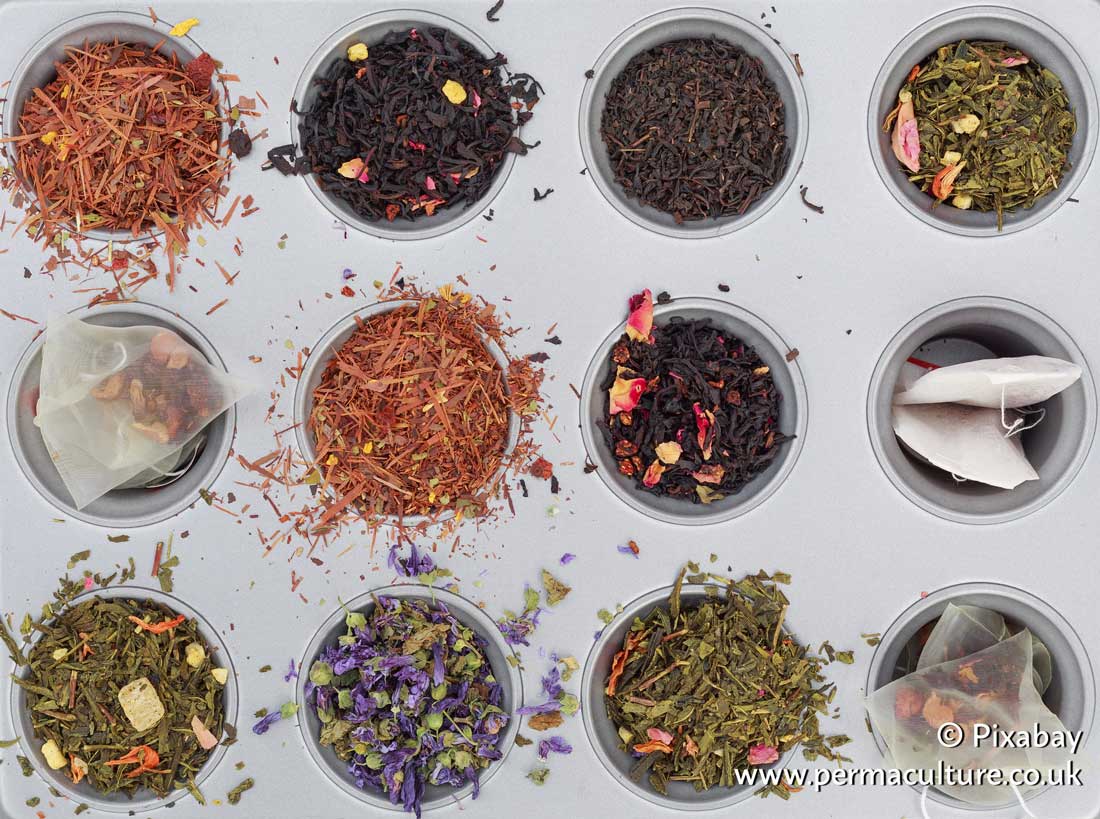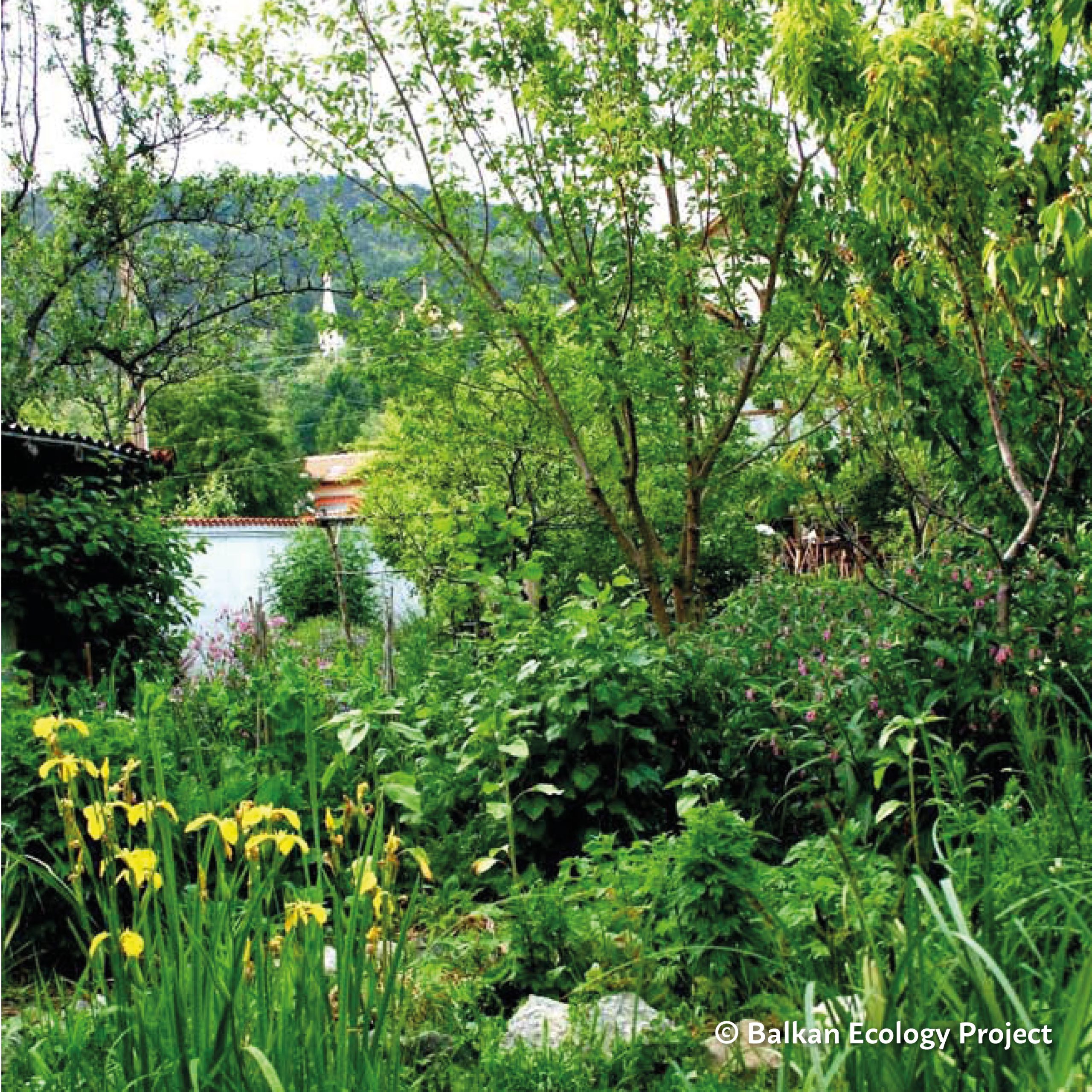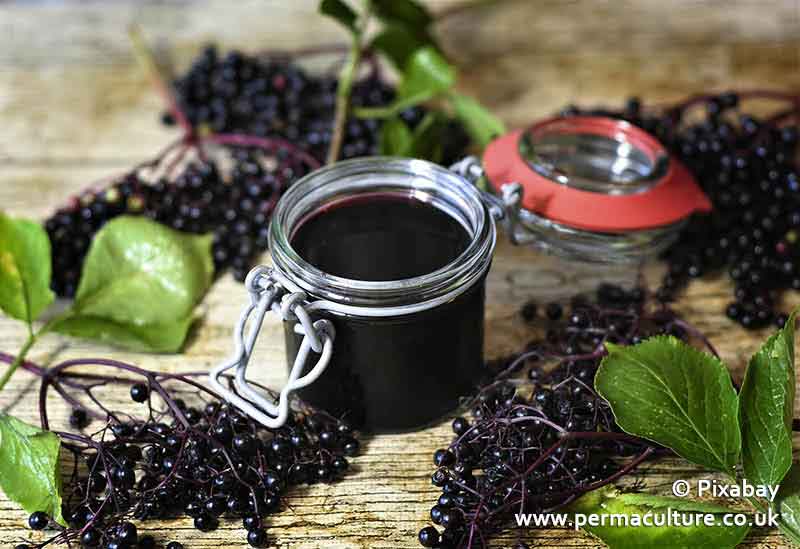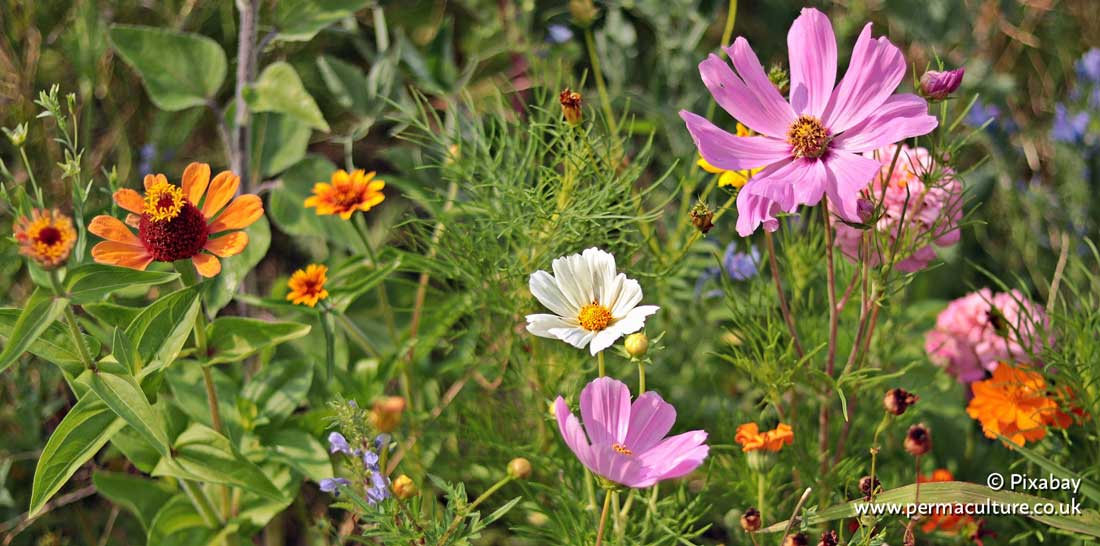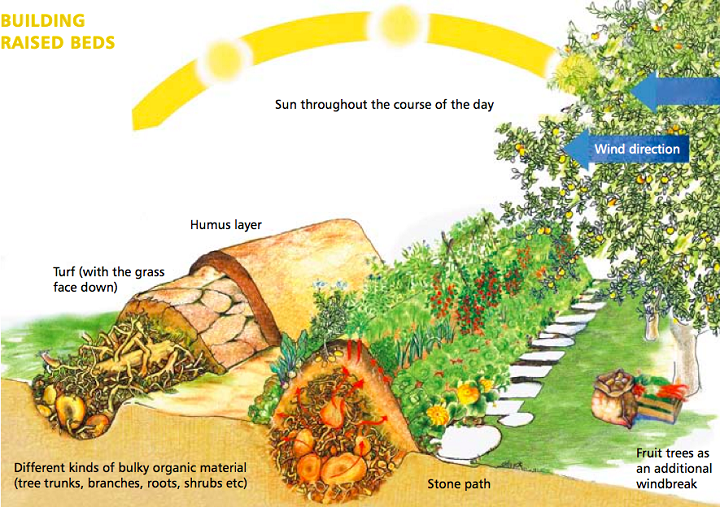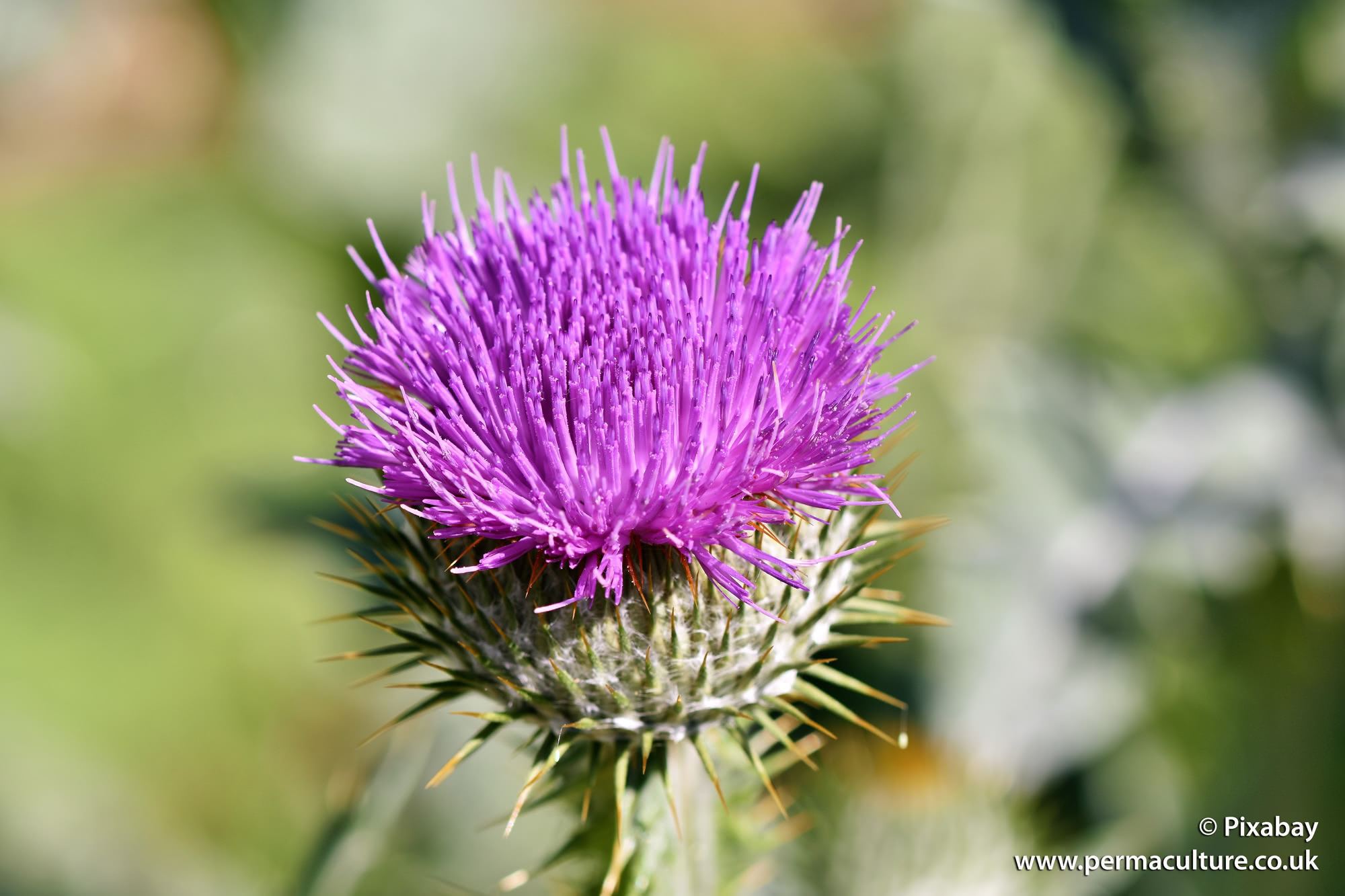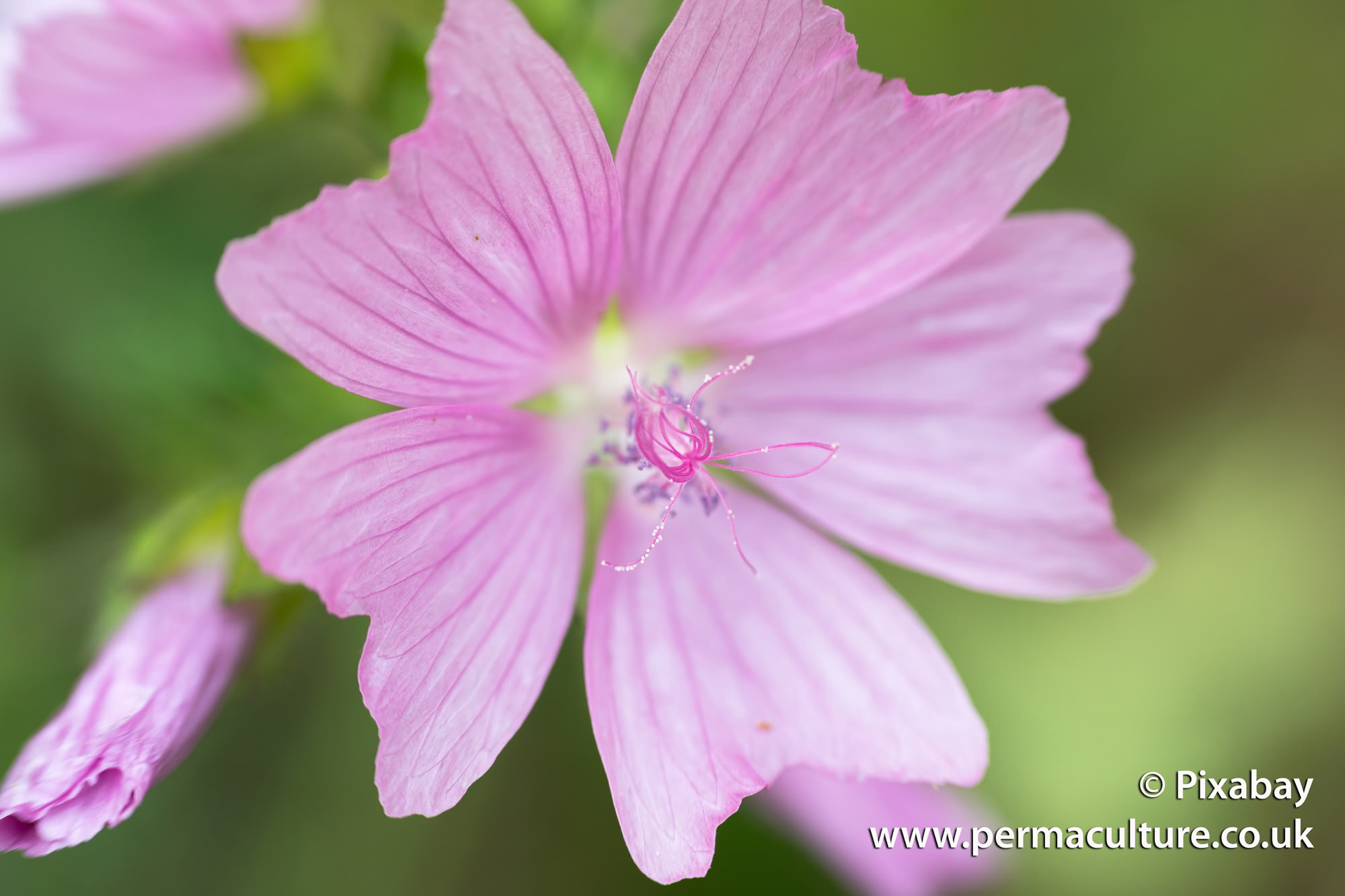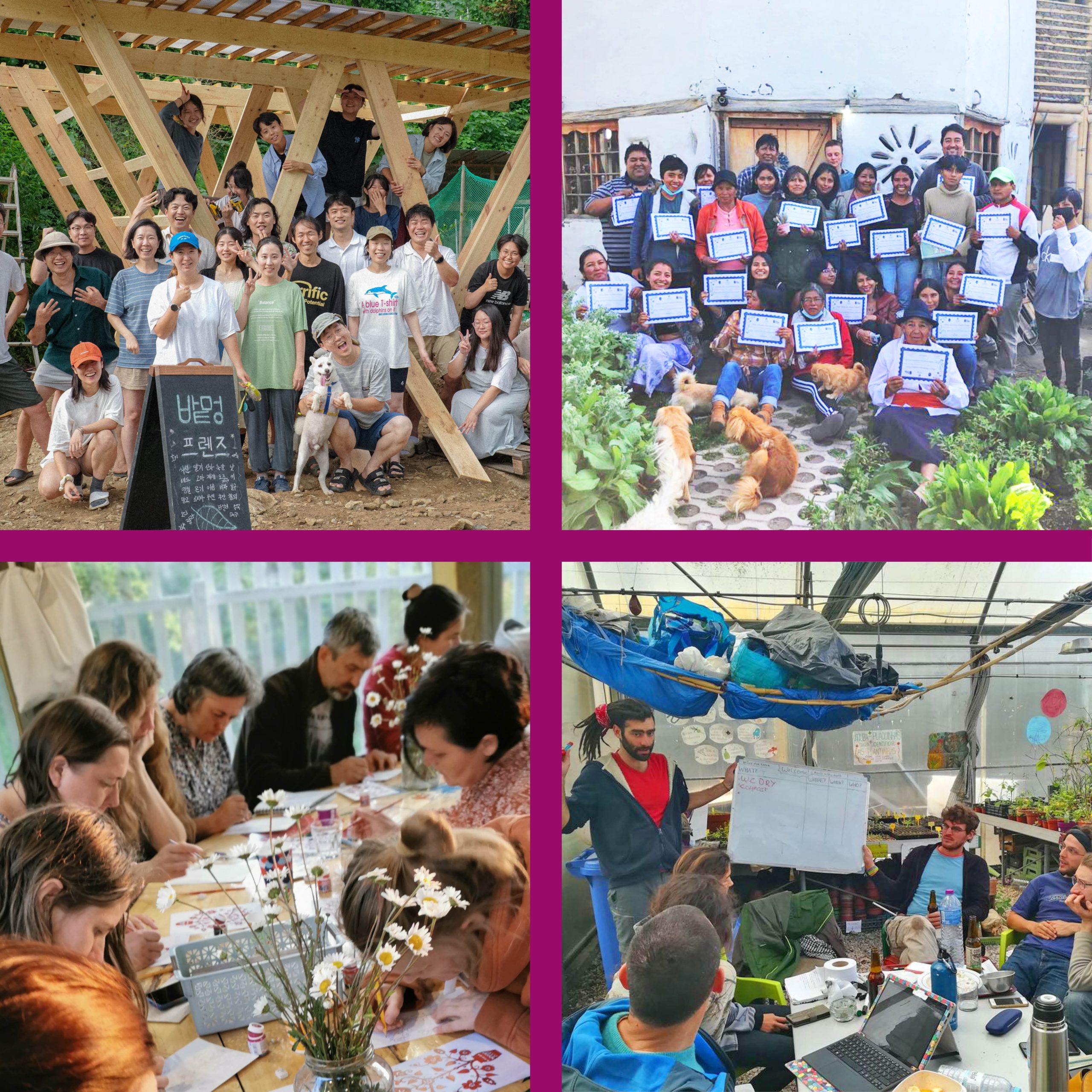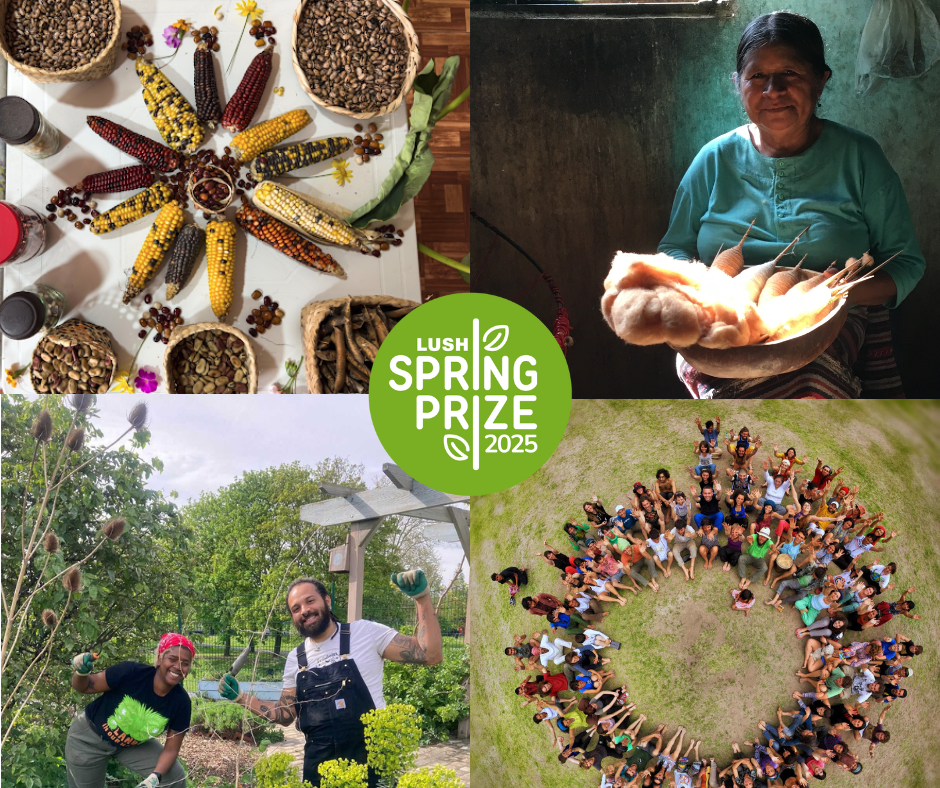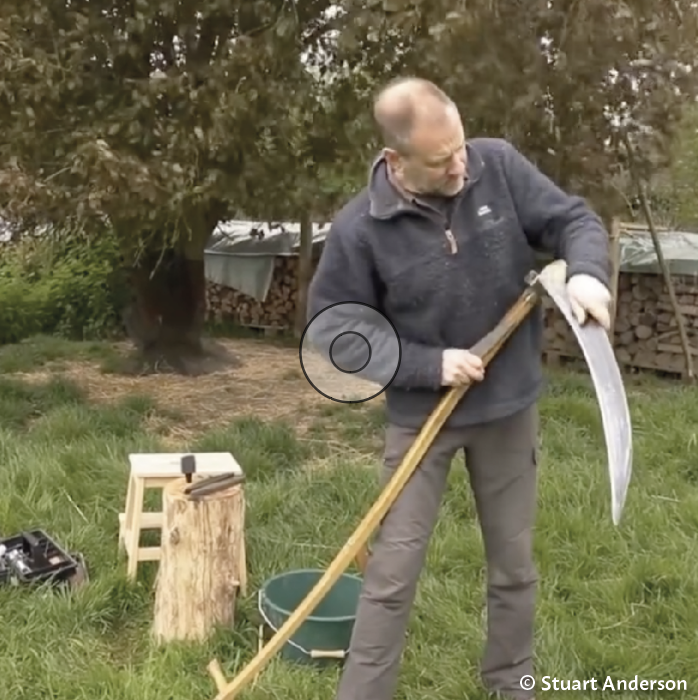Many years ago we bought a large zinc tub at a flea market, which I now use as my ‘garden in a tub’, where I grow a range of edibles. Every year I came up with a different planting, creating a new miniature garden – one year I grew a succession of salads, another year a colourful mix of edible flowers. Instead of growing just one kind of vegetable or herb, I often plant polycultures that will provide a varied harvest. Because the tub is literally just three metres away from our back door, I pass it multiple times every day and the plants always get the attention they need. The closeness to the kitchen also means that it is very easy to pop out while making dinner and pick some leaves for a salad or edible flowers for garnish. It is impossible to beat the freshness of produce that is grown so close to where it’s eaten!
Before filling the ‘garden in tub’, I drilled several holes in the bottom. Next, I put in a layer of gravel and covered that with a piece of woven landscape fabric (this prevents the gravel and potting mix from mixing and makes it easier to reuse the soil). I also set the tub on a couple of bricks so that it can drain freely. The tub requires a fair amount of potting mix – I start with a commercial potting mix but add lots of our homemade worm compost and some sharp sand too. These additions improve both the water holding capacity and the drainage of the mix. I reuse the potting mix several years in a row, always adding about 25-30% of fresh worm compost. After planting up the ‘garden in a tub’, I add a layer of mulch (usually cocoa shells, which are a waste resource here in the Netherlands) to slow down evaporation so that the container does not need to be watered quite as often. During the growing season I apply liquid fertiliser, either diluted waste liquid from our wormery (1:10) or from the bokashi (1:100).
When it comes to salads, the difference between homegrown ‘fresh’ and store-bought ‘fresh’ is even more staggering than in other vegetables. Wilted leaves with brown edges in plastic bags that have been lying on the shelf in the store for days in no way resemble the vibrant, freshly harvested stuff. Less obvious but no less important is the difference in vitamin content. Vitamin C especially is very unstable and degrades quickly from the moment plants have been harvested. Consequently, the fresher your salad, the more nutrients it will contain and the better for you it will be.
If you choose an appropriate salad plant for every season and apply different harvesting methods, you can be harvesting fresh salad leaves for most of the year. In this planting, it means sowing and harvesting different varieties of mustard greens as cut-and-come-again in spring, then planting lettuce and picking individual lettuce leaves in summer. For a winter harvest you can sow corn salad and winter purslane, some of the hardiest greens around. My ‘garden in a tub’ is relatively large and allows for variation but you could also simplify the planting for a smaller container by, for example, sowing just one variety of mustard and planting just a few lettuces. Ideally, the container should be in a sunny spot in spring, autumn and winter, but in a partly shaded one during the summer months.
Spring: mustard greens
As soon as the weather warms up a bit, I start sowing mustard greens in wide parallel drills about 10cm (4in) apart. For my most recent planting I chose a colourful mix of six different varieties: ‘Pink Lettucy’, ‘Ruby Streaks’, ‘Golden Streaks’, ‘Osaka Purple’ and purple mizuna as well as the well-known rocket. Another possibility is to buy a packet of mixed mustard greens and broadcast the seeds. In this case some thinning will likely be necessary but that is no problem as the tiny seedlings make for nice eating too. Mustard greens are some of the fastest growing vegetables and you can often start harvesting them as early as four weeks after sowing. Do this by cutting the leaves approximately two centimetres above the ground, then let the plants regrow. Depending on the variety and weather conditions, you can expect about three cuts before the plants start to bolt.
Summer: lettuce
Around mid-June, when the mustards start running to seed, I pull them out and plant lettuce that has been pre-sown on the windowsill in April. Of course, you can also buy plants if you lack space for starting seed but your choice of varieties will be more limited. The best types of lettuce to grow here are those suitable for leaf-by-leaf harvesting. To ensure variety in colour and texture, I chose a mix of loose-leaf, iceberg and romaine lettuces (‘Pinokkio’, ‘Claremont’, ‘Flame’ and ‘Jack Ice’), fitting a total of 23 plants into my container. By repeatedly picking just the outer leaves from each plant instead of harvesting whole heads, I could keep harvesting from the same plants for many weeks. This is also why the plants can grow so close together: the continual harvesting means they’ll never get too big.
Autumn/winter: corn salad and winter purslane
Around the end of August is a good time to start the last salads of the season: winter purslane (also known as claytonia or miner’s lettuce) and corn salad (also called lamb’s lettuce or mâche). There are two methods to do this: either you can sow both corn salad and winter purslane directly into the container in rows spaced about 10-15cm (4-6in) apart, or you can start the plants in modules or a seed tray and transplant them later, spacing the individual plants 10cm (4in) apart in both directions. If you sow directly, you can start to harvest by thinning some plants and letting others grow bigger. If you plant individual plants, you can cut the leaves repeatedly, letting the plants regrow. In a sheltered spot (for example against a south-facing wall) the plants will regrow faster and provide more pickings.
This is an extract from Vera Greutink’s Edible Paradise: How to grow herbs, flowers and vegetables in any space. You can learn more of her tops tips for tasty and abundant organic veggies in her book, available here: https://shop.permaculture.co.uk/products/edible-paradise
Also from Vera: Tips for creating a cut flower garden
Vera Greutink is a permaculture gardener, teacher and designer based in the Netherlands. She’s been gardening for over 30 years during which she has created many beautiful and productive gardens
